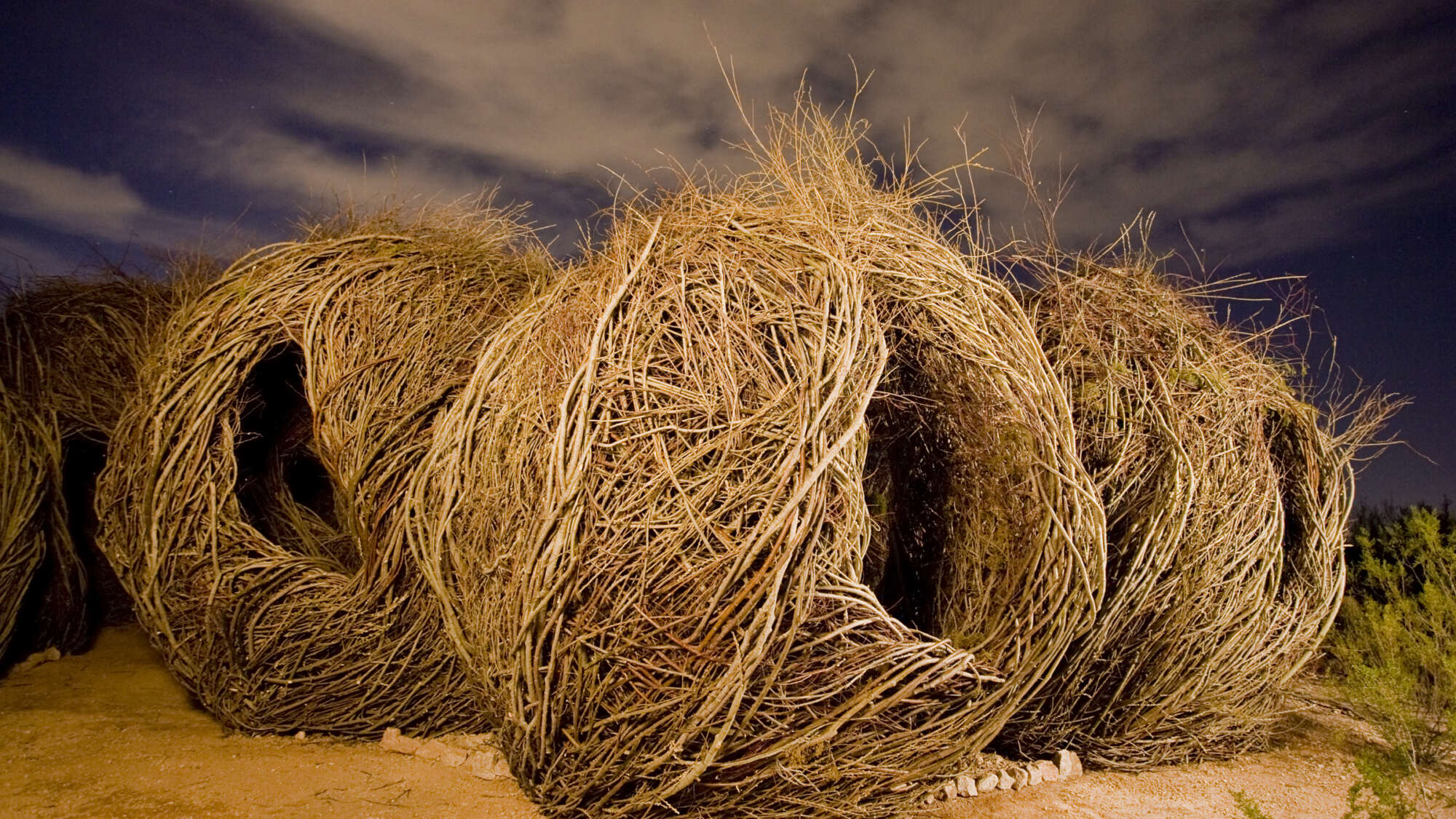Patrick Dougherty’s art career is rooted in his fascination with nature and primitive building techniques.
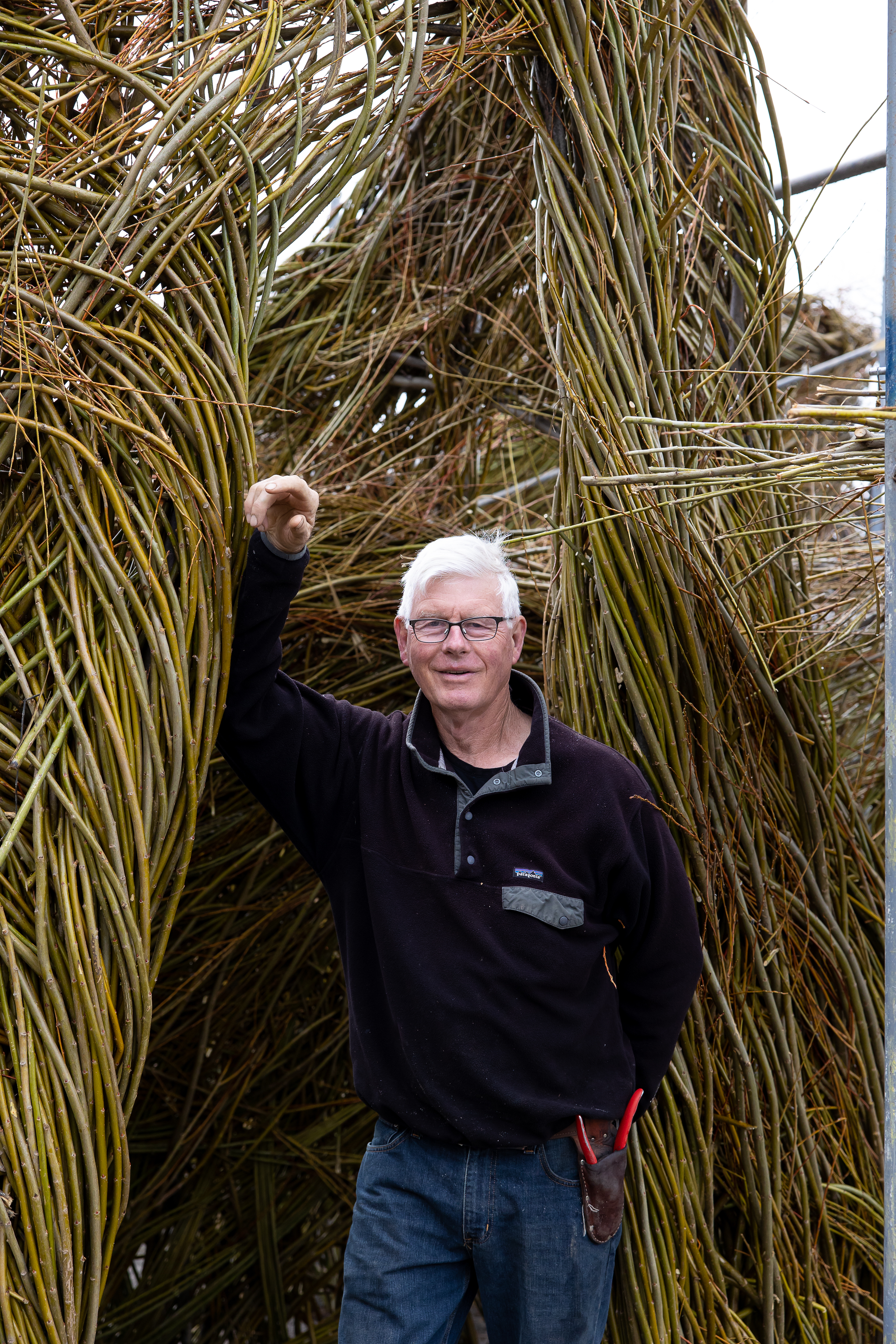
Biltmore
Born in Oklahoma in 1945 and raised in North Carolina, Dougherty first pursued traditional academics, earning degrees in English and Health Administration. However, his return to North Carolina to study art history and sculpture sparked a desire to create works of art utilizing natural materials, particularly tree saplings. Combining this desire with his carpentry skills, Dougherty began crafting unique, large-scale sculptures that organically blend into their environments.
Over 40 years, Dougherty has created more than 330 of these site-specific installations, ranging from delicate woven structures to monumental, immersive works. His art style has earned him grants from the Pollock-Krasner Foundation and fellowships from the Henry Moore Foundation and the National Endowment for the Arts. In 2023, Dougherty was awarded North Carolina’s highest civilian honor in Fine Arts.
Dougherty’s work is visually striking and challenges the conventional boundaries of sculpture. His installations encourage viewers to reconnect with nature and engage with the world around us.
We learned more about his art, his inspirations and what he hopes to portray with his sculptures during a recent interview. Listen below.
The Interview
You can learn more about Patrick’s work by visiting his website: stickwork.net

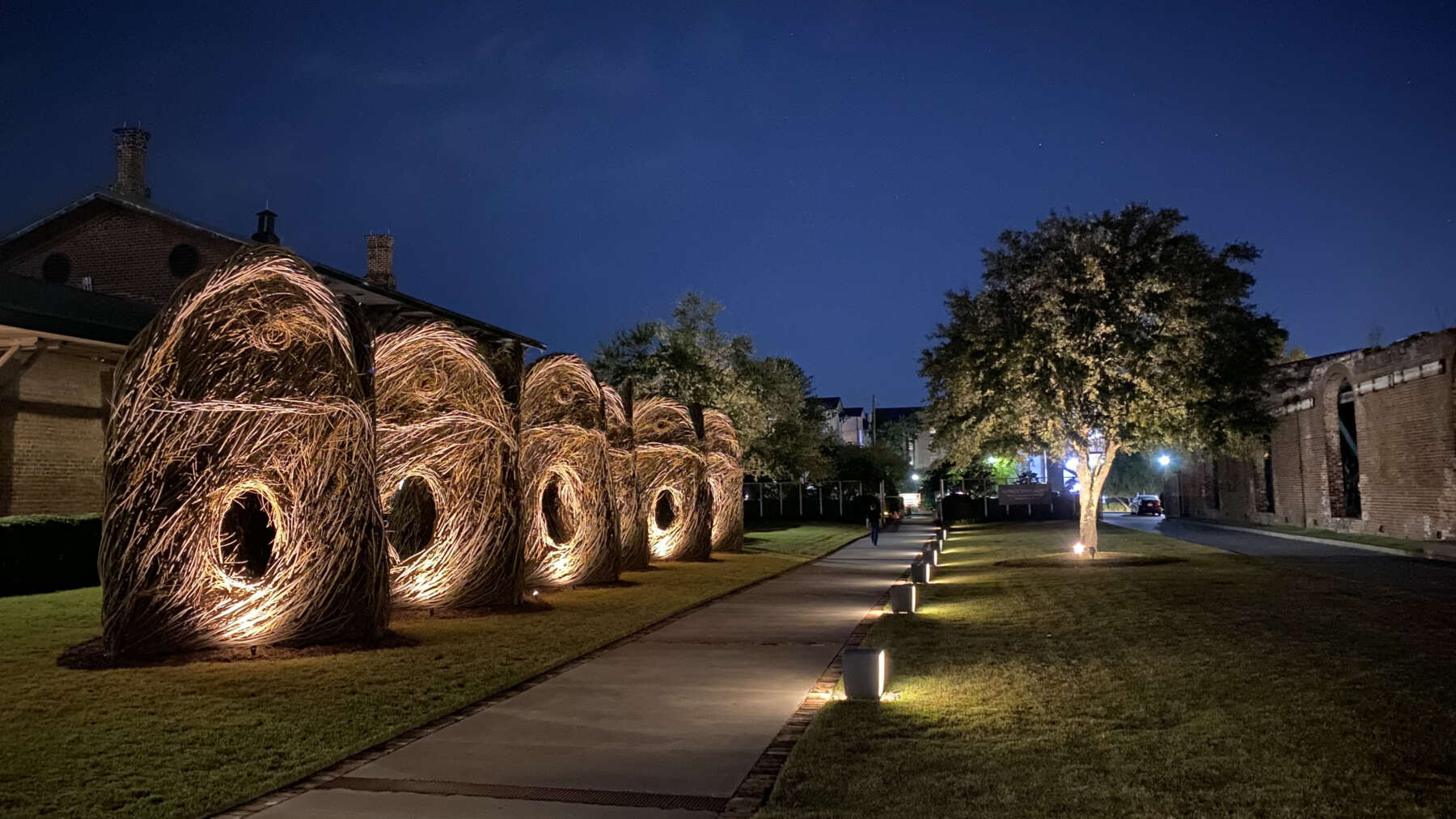


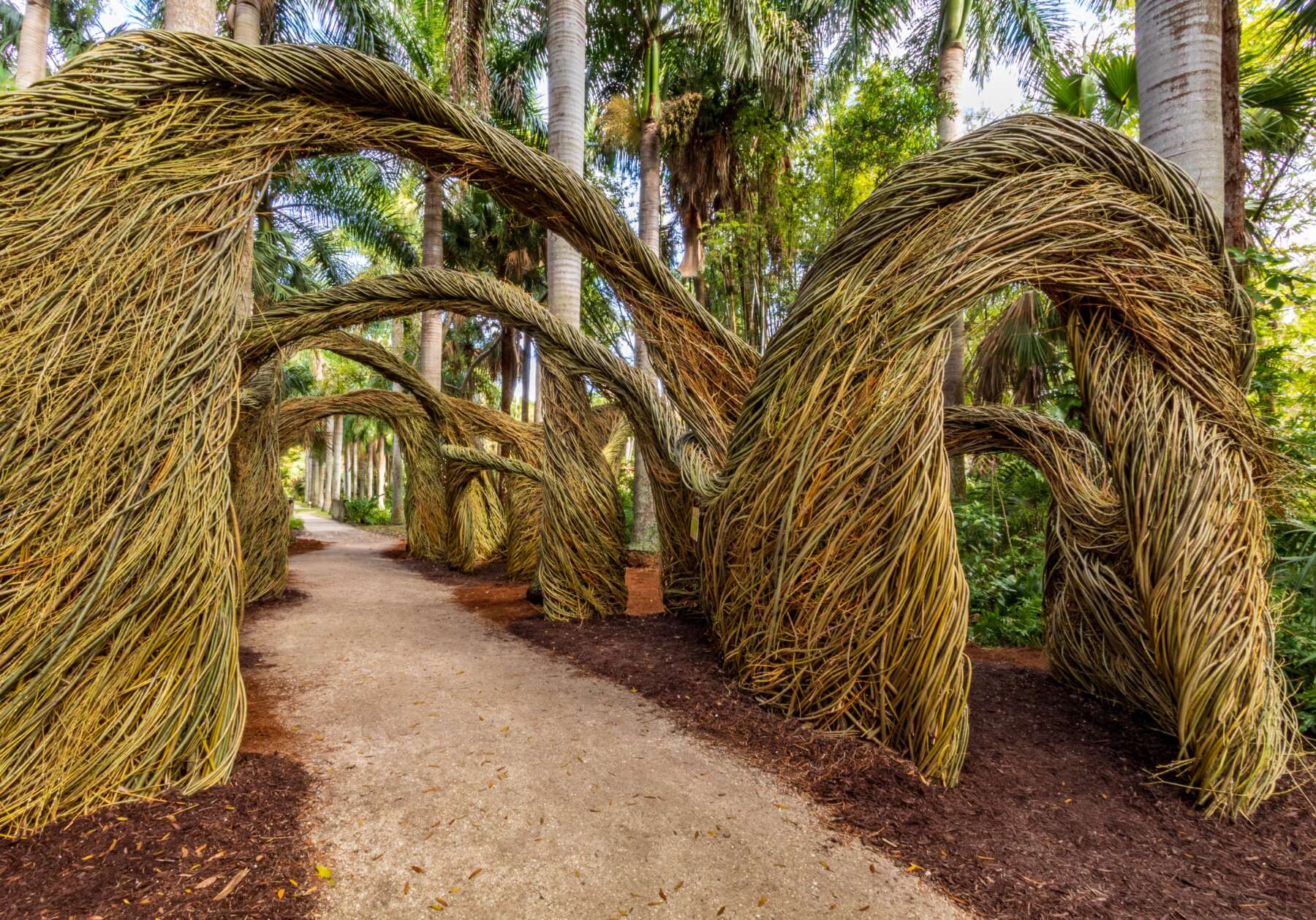


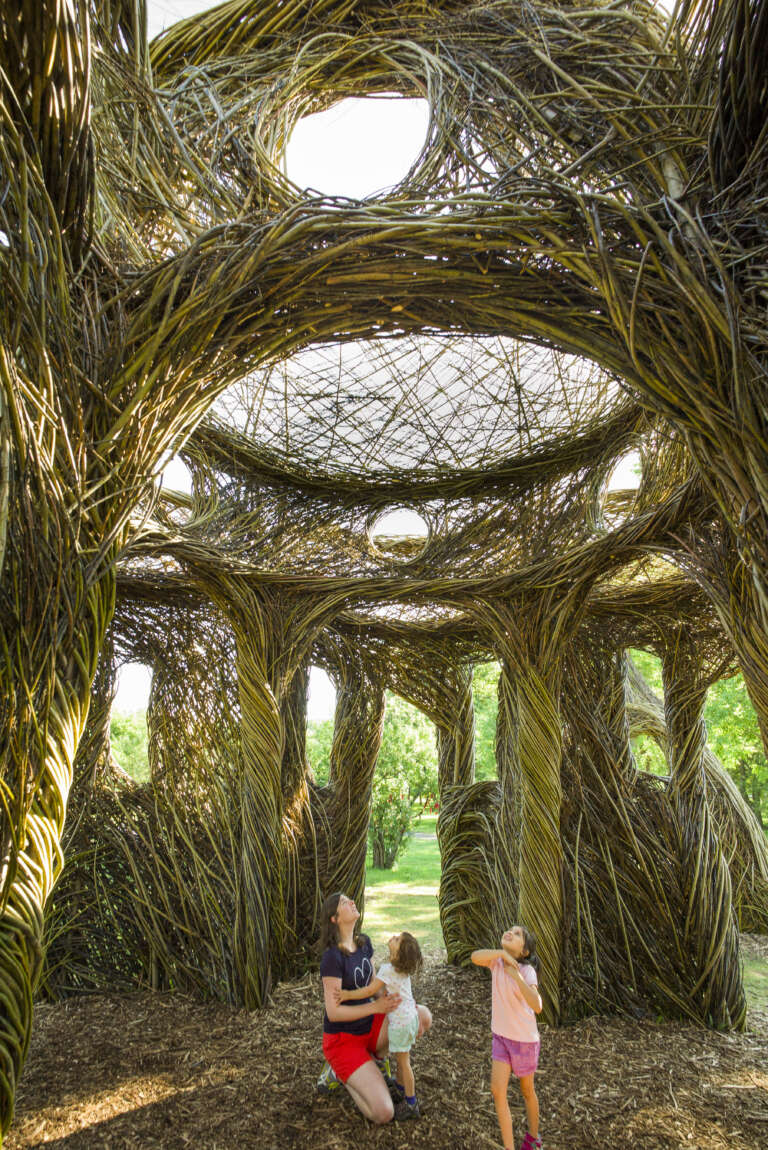

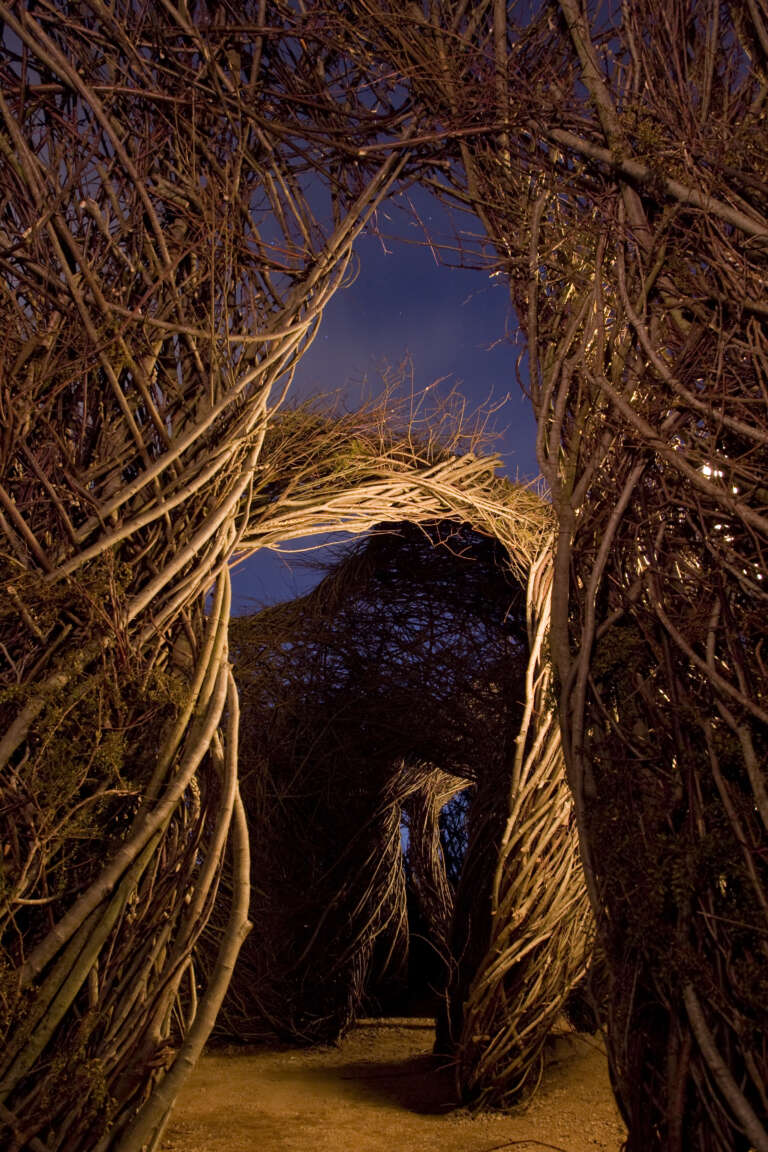


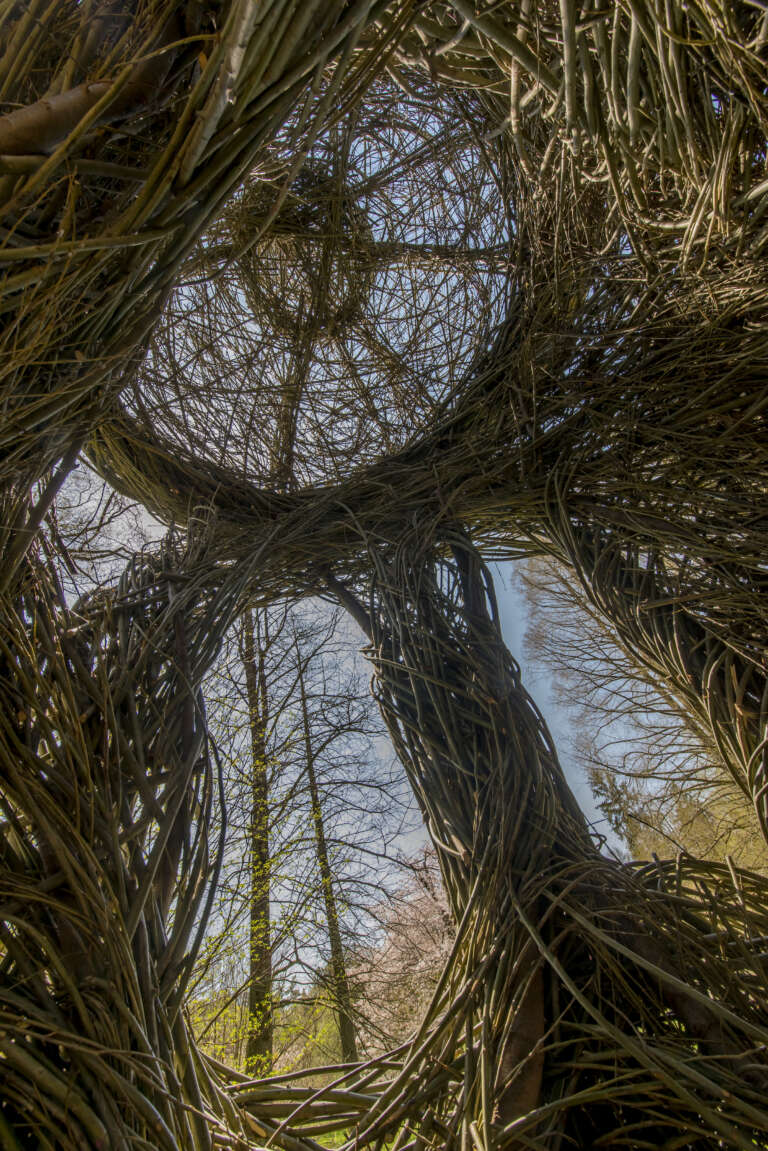
*All images and information are © Patrick Dougherty unless otherwise stated.
Disclaimer: The views and opinions expressed in this interview are those of the interviewees and do not necessarily reflect the views or positions of Public Health Landscape or Valent BioSciences, LLC.
